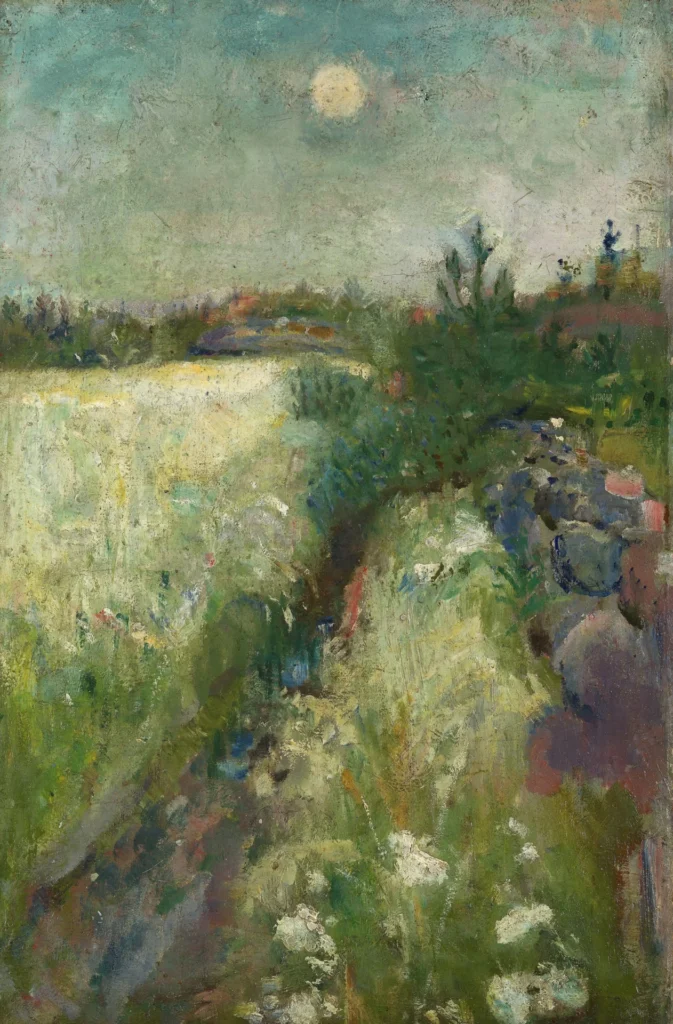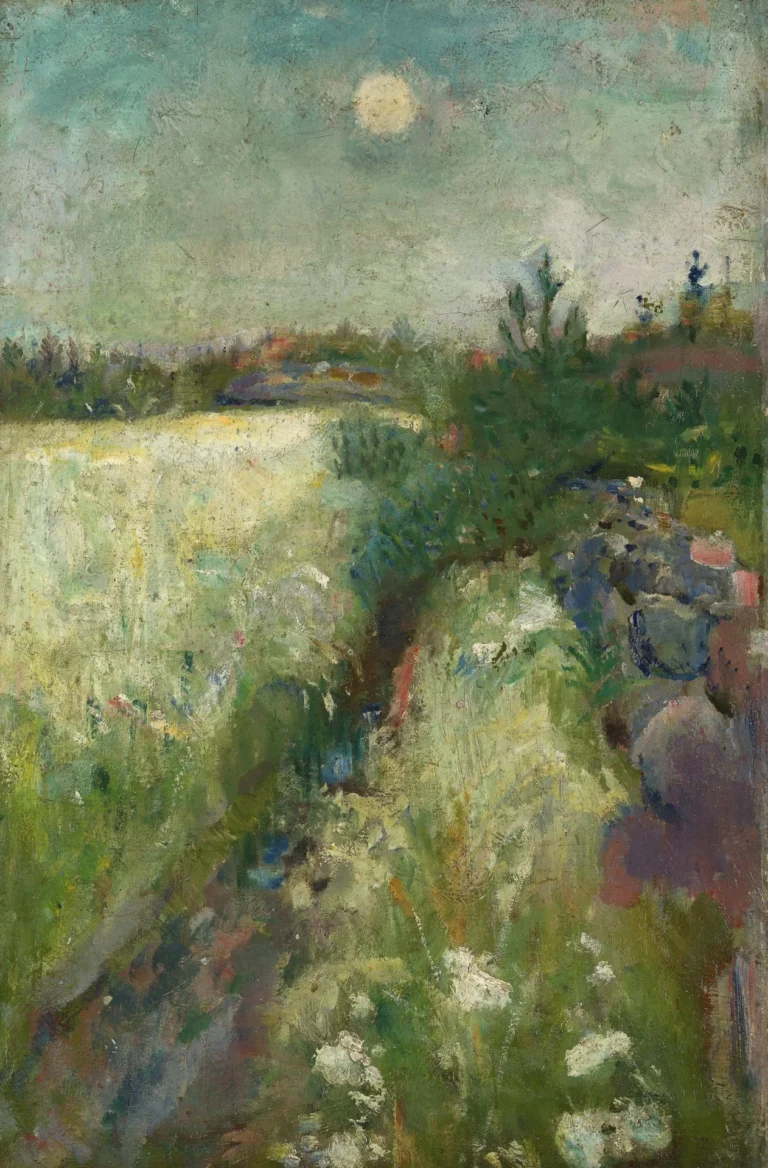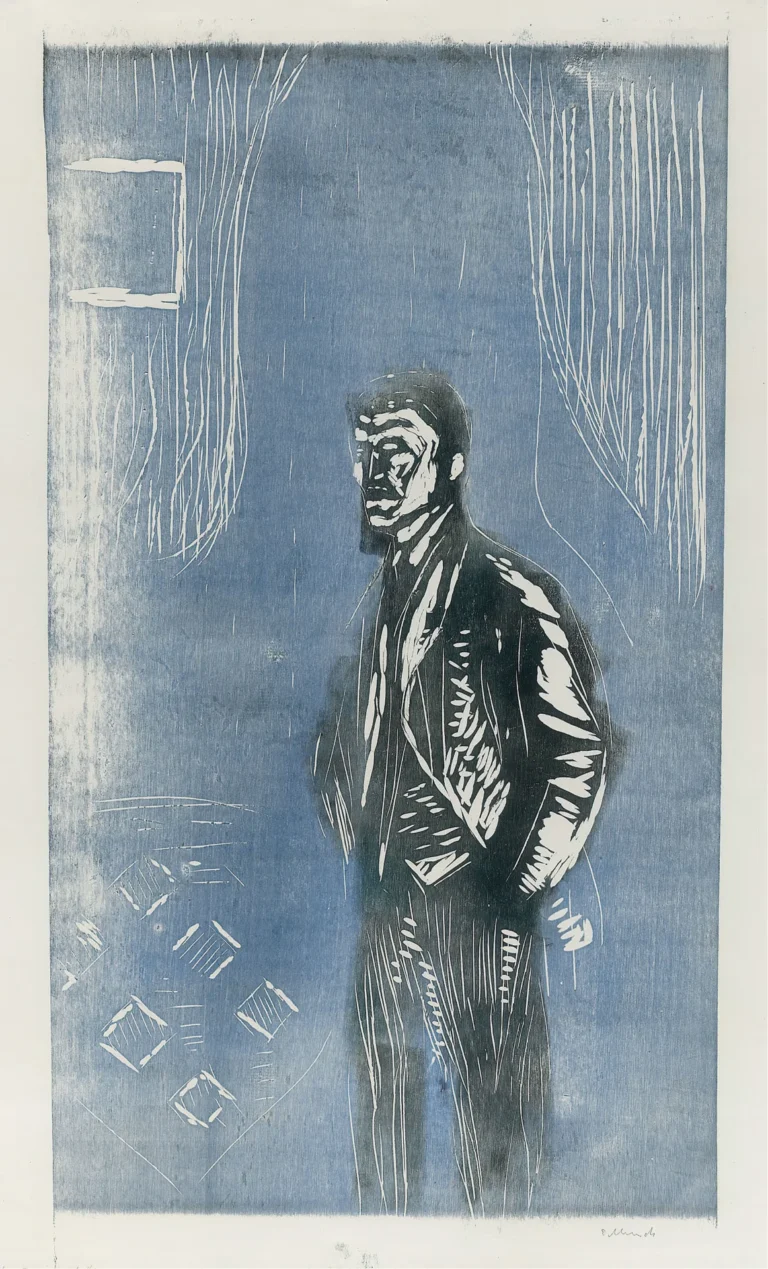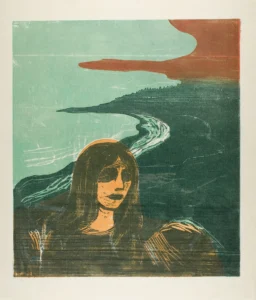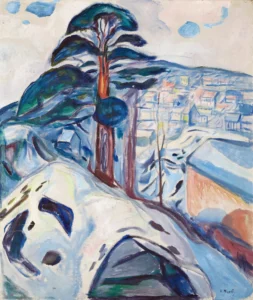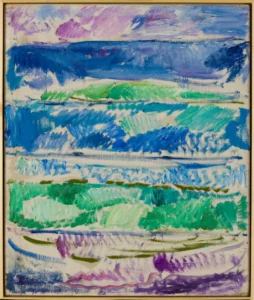Flowery Meadow at Veierland (1887)
Created in 1887 by the renowned Norwegian artist Edvard Munch, Flowery Meadow at Veierland captures an idyllic scene of a vibrant flower-filled meadow on the island of Veierland, Norway. This artwork highlights Munch's early embrace of Impressionism and Naturalism, showcasing a softer side of his artistic vision. The piece serves as a crucial link to understanding Munch’s evolution into the emotionally charged expressionism he is famed for in his later works.
Year 1887
About the Artwork
Did You Know
Liked what you see? Add it to your collection.
Enjoyed reading? Share it.
... continued
Artist
Edvard Munch, a Norwegian painter and printmaker, is best known for his expressive and emotionally charged works.
Date
The painting was created in 1887, a period when Munch was still developing his style and techniques.
Location
Veierland is a small island in the Oslofjord, Norway. Munch often drew inspiration from the natural landscapes of his homeland.
Style
At this stage in his career, Munch's work was influenced by Impressionism and Naturalism. Flowery Meadow at Veierland likely reflects these influences with its focus on capturing the natural light and colors of the scene.
Subject Matter
The painting depicts a serene and idyllic scene of a flower-filled meadow, which contrasts with the more angst-ridden and symbolic themes that Munch would later become famous for.
Significance
While not as widely recognized as some of Munch's later works, Flowery Meadow at Veierland is significant in understanding the artist's early development and his connection to the natural world.




